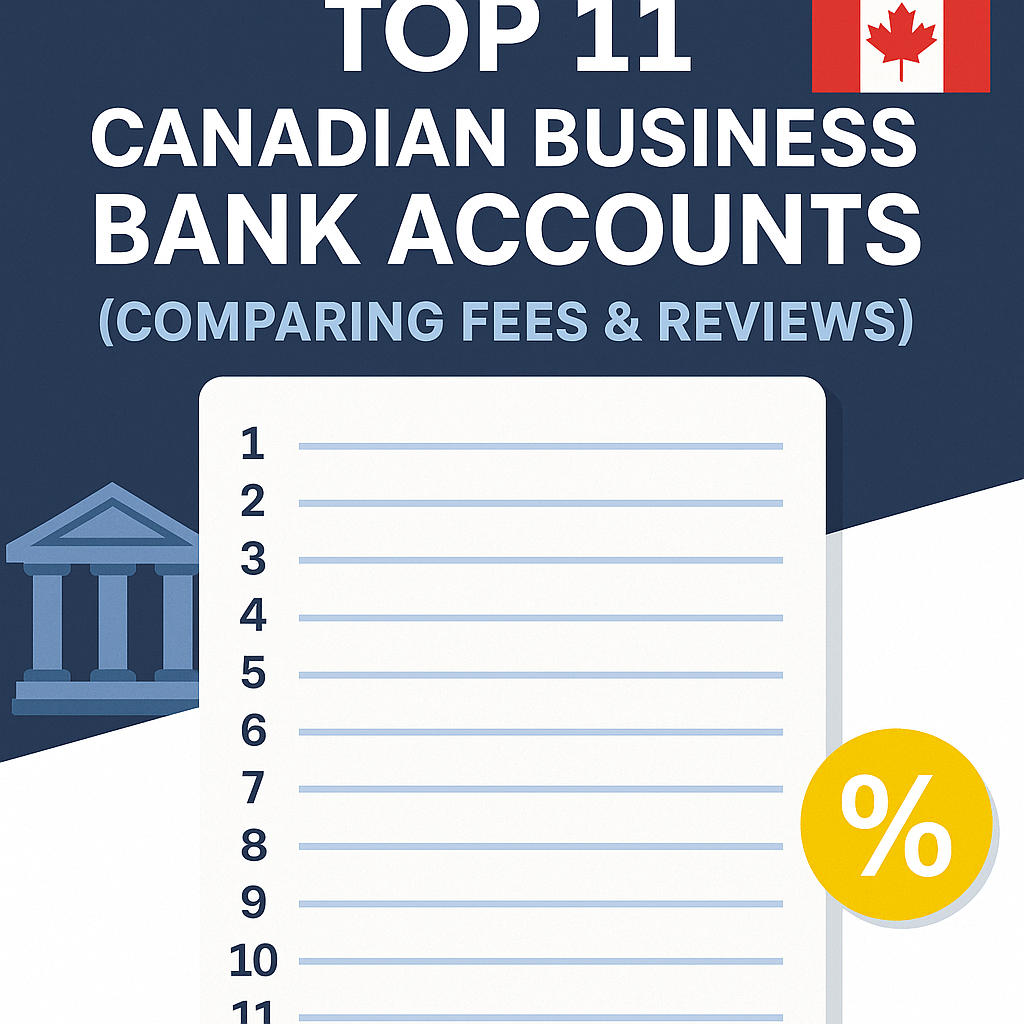GOOGLE ADS MANAGEMENT
ALL SERVICES- GRAPHIC DESIGN & BRANDING
➥ WEBSITE DESIGN TORONTO
➥ TORONTO LOGO DESIGN
➥ BROCHURE GRAPHIC DESIGN
➥ INFOGRAPHIC DESIGN
➥ BUSINESS CARD DESIGN
➥ PACKAGE DESIGN TORONTO
➥ ILLUSTRATION DESIGN
➥ ADVERTISING POSTER DESIGN
➥ BRANDING STRATEGY & SERVICES- ➤ VIEW ALL SERVICES
WEB DEVELOPMENT & SUPPORT
➥ CUSTOM WEB DESIGN TORONTO
➥ ECOMMERCE WEBSITE DESIGN TORONTO
➥ WEBSITE MAINTENANCE SERVICES
➥ SHOPIFY WEBSITE DESIGN
➥ SHOPIFY EXPERTS TORONTO
➥ WORDPRESS DEVELOPMENT
➥ WORDPRESS MAINTENANCE- ➤ VIEW ALL SERVICES
WEBSITE MARKETING & CONTENT
➥ SEO PACKAGES TORONTO
➥ TORONTO SOCIAL MEDIA AGENCY
➥ CONTENT MARKETING TORONTO
➥ PPC MANAGEMENT TORONTO
➥ AFFILIATE MARKETING CANADA
➥ STRATEGIC CONSULTATION- ➤ VIEW ALL SERVICES
ABOUT
RESOURCES- LET’S CHAT
Questions? Call us at
647-348-4995

GOOGLE ADS MANAGEMENT
ALL SERVICES- GRAPHIC DESIGN & BRANDING
➥ WEBSITE DESIGN TORONTO
➥ TORONTO LOGO DESIGN
➥ BROCHURE GRAPHIC DESIGN
➥ INFOGRAPHIC DESIGN
➥ BUSINESS CARD DESIGN
➥ PACKAGE DESIGN TORONTO
➥ ILLUSTRATION DESIGN
➥ ADVERTISING POSTER DESIGN
➥ BRANDING STRATEGY & SERVICES- ➤ VIEW ALL SERVICES
WEB DEVELOPMENT & SUPPORT
➥ CUSTOM WEB DESIGN TORONTO
➥ ECOMMERCE WEBSITE DESIGN TORONTO
➥ WEBSITE MAINTENANCE SERVICES
➥ SHOPIFY WEBSITE DESIGN
➥ SHOPIFY EXPERTS TORONTO
➥ WORDPRESS DEVELOPMENT
➥ WORDPRESS MAINTENANCE- ➤ VIEW ALL SERVICES
WEBSITE MARKETING & CONTENT
➥ SEO PACKAGES TORONTO
➥ TORONTO SOCIAL MEDIA AGENCY
➥ CONTENT MARKETING TORONTO
➥ PPC MANAGEMENT TORONTO
➥ AFFILIATE MARKETING CANADA
➥ STRATEGIC CONSULTATION- ➤ VIEW ALL SERVICES
ABOUT
RESOURCES- LET’S CHAT
Questions? Call us at
647-348-4995

GOOGLE ADS MANAGEMENT
ALL SERVICES- GRAPHIC DESIGN & BRANDING
➥ WEBSITE DESIGN TORONTO
➥ TORONTO LOGO DESIGN
➥ BROCHURE GRAPHIC DESIGN
➥ INFOGRAPHIC DESIGN
➥ BUSINESS CARD DESIGN
➥ PACKAGE DESIGN TORONTO
➥ ILLUSTRATION DESIGN
➥ ADVERTISING POSTER DESIGN
➥ BRANDING STRATEGY & SERVICES- ➤ VIEW ALL SERVICES
WEB DEVELOPMENT & SUPPORT
➥ CUSTOM WEB DESIGN TORONTO
➥ ECOMMERCE WEBSITE DESIGN TORONTO
➥ WEBSITE MAINTENANCE SERVICES
➥ SHOPIFY WEBSITE DESIGN
➥ SHOPIFY EXPERTS TORONTO
➥ WORDPRESS DEVELOPMENT
➥ WORDPRESS MAINTENANCE- ➤ VIEW ALL SERVICES
WEBSITE MARKETING & CONTENT
➥ SEO PACKAGES TORONTO
➥ TORONTO SOCIAL MEDIA AGENCY
➥ CONTENT MARKETING TORONTO
➥ PPC MANAGEMENT TORONTO
➥ AFFILIATE MARKETING CANADA
➥ STRATEGIC CONSULTATION- ➤ VIEW ALL SERVICES
ABOUT
RESOURCES- LET’S CHAT
Questions? Call us at
647-348-4995

GOOGLE ADS MANAGEMENT
ALL SERVICES- GRAPHIC DESIGN & BRANDING
➥ WEBSITE DESIGN TORONTO
➥ TORONTO LOGO DESIGN
➥ BROCHURE GRAPHIC DESIGN
➥ INFOGRAPHIC DESIGN
➥ BUSINESS CARD DESIGN
➥ PACKAGE DESIGN TORONTO
➥ ILLUSTRATION DESIGN
➥ ADVERTISING POSTER DESIGN
➥ BRANDING STRATEGY & SERVICES- ➤ VIEW ALL SERVICES
WEB DEVELOPMENT & SUPPORT
➥ CUSTOM WEB DESIGN TORONTO
➥ ECOMMERCE WEBSITE DESIGN TORONTO
➥ WEBSITE MAINTENANCE SERVICES
➥ SHOPIFY WEBSITE DESIGN
➥ SHOPIFY EXPERTS TORONTO
➥ WORDPRESS DEVELOPMENT
➥ WORDPRESS MAINTENANCE- ➤ VIEW ALL SERVICES
WEBSITE MARKETING & CONTENT
➥ SEO PACKAGES TORONTO
➥ TORONTO SOCIAL MEDIA AGENCY
➥ CONTENT MARKETING TORONTO
➥ PPC MANAGEMENT TORONTO
➥ AFFILIATE MARKETING CANADA
➥ STRATEGIC CONSULTATION- ➤ VIEW ALL SERVICES
ABOUT
RESOURCES- LET’S CHAT
Questions? Call us at
647-348-4995
![]()
![]()
![]()

- January 12, 2020
-
Liam Hunt
Chatbots are like virtual assistants for your customers. They use artificial intelligence (AI) to conduct natural language conversations, understand the user’s wishes, and direct them to their desired endpoint with minimal human inputs required.
For years, it seemed that chatbots were poised to take over. Industry titans such as Facebook and Microsoft introduced proprietary chatbots in 2016 and, seemingly overnight, they became the talk of earnings calls, developer conferences, and tech enthusiasts everywhere.
At first, it seemed as though chatbots were set to become the next craze in consumer technology, with widespread adoption anticipated across a variety of industries including fin-tech, healthcare, retail, law, and CRM. This, however, never quite materialized.
In 2024, uncertainty hangs over the head of the chatbot revolution. It’s time we ask ourselves: are chatbots still worth it? In this article, we take a deep dive into the current state of chatbot technology and explore emerging trends in conversational AI to see whether chatbots hold potential for future mass adoption.
Chatbots 101: A History
Chatbots were first conceptualized in the 1960s and, since then, have undergone various phases of development and adoption. Since their inception, their underlying promise has remained more or less unchanged—since humans use natural language to communicate with one another, so too should they communicate with computers.
With the arrival of machine learning and data-mining algorithms, chatbots have transformed from basic text generation to robust linguistic machines capable of improving customer experiences, streamlining support systems, e-commerce, and help desk tools. Although their underlying AI has advanced, it remains an open question whether chatbots will prove useful for mass, economy-wide adoption and convince consumers that they aren’t a passing fad or mere marketing gimmick.
Are Chatbots Still the Future?
Today, there’s no denying that chatbots are still in their infancy and, yes, positioned for widespread integration in customer support systems. For proof, look no further than the meteoric rise of messaging apps. In only a few years, the top messaging apps—WhatsApp, WeChat, and Messenger—have supplanted social media apps in daily user count.
It’s no coincidence that messaging and chatting functionality is what’s dominating our mobile phone usage. There’s something uniquely human about the need to connect with one another via language. Herein lies the hidden promise of chatbots: they provide a means for your customers or employees to fulfill their need for instant connection, regardless of human availability.
Chatbots are only going to rise in popularity. Top brands and small businesses alike face far too much demand for instantaneous responses to possibly manage with human-only customer service reps.
A recent study found that 90% of messages to brands on social networks are unread, and the remaining 10% take nearly 10 hours to garner a reply. In a consumer-centric market, instant gratification, convenience, and speedy responses are going to drive the adoption of chatbots across sectors in the yeas ahead.
Why You Need a Chatbot
Despite their rocky road to adoption, chatbots have several undeniable benefits to customers, employees, and business owners.
Drive More (Qualified) Leads
Large businesses don’t have the time or resources to vet every lead to gauge whether they’re a good fit for the company. Fortunately, well-programmed chatbots can accelerate sales processes by screening leads to determine whether your prospects’ interests align with your own.
Reduce Customer Churn
Customer churn (sometimes called “customer attrition”) is one of your business’s most critical KPIs due to the simple fact that retaining customers is a lot cheaper than recruiting new ones. Chatbots should manage customer retention as they can provide faster, more satisfying answers to customer inquiries without having to subject them to frustrating wait times.
24/7 Access
Small and medium-sized businesses don’t have the resources for around-the-clock customer support. Automated chatbots provide 24/7 online support for your customers so they’re never left stranded during non-business hours. Without a chatbot available to help them out of their problem, your customers or prospects might jump ship and reach out to your competitors instead.
Forge More Connections
Business owners understand the limited effectiveness of email outreach. Any given email blast can expect no more than a 35-40% open Frate, whereas chatbot messages consistently enjoy an open rate exceeding 80%. Therefore, phasing out some of your email messages with a chatbot can ensure a wider audience reads your message.
Long-Term Versatility
Chatbots can be programmed to do just about anything you ask them. For instance, if you’re the owner of a nail salon, you can design a chatbot that allows users to schedule appointments directly from the chatbot. Not only does this reduce the number of steps required for your customers to get what they want, but it also frees up your employees to focus on other, higher-priority tasks.
Chatbots on the Rise
2016 marked the arrival of the chatbot revolution with marquee developments from Facebook Messenger and roughly $200M in VC funding for chatbot projects from firms such as Spark Capital and Andreessen Horowitz. By the end of the year, over 100,000 chatbots were built and rolled out on the Messenger platform alone.
Although early adoption forecasts have been proven overly optimistic, successful case studies attest to the glowing potential of chatbot technology. LEGO’s Ralph shopping assistant yielded a 3.4x return on ad spend, Kia Motors doubled its conversion rate on quote requests using a bot, and Coca-Cola’s chatbot outperformed its expected redemption rate by over 46%.
Despite the doomsayers, chatbots are here to stay, and should be a part of your company’s web design and digital strategy. If brands are to remain competitive in tomorrow’s market, they’re going to have to bend to the consumers’ desire for on-demand support and communication—to meet this demand, chatbots are the only viable solution.
Liam Hunt, M.A., is a writer and digital marketing specialist whose writing has appeared in the Vancouver Sun, Asia Times, and US News and World Report.
RECENT POSTS
- Top 11 Canadian Business Bank Accounts (Comparing Fees & Reviews)
- PolicyMe – Legit Canadian Insurance Policy? Let’s Review…
- 10 Small Business Loans & Financing Options in Ontario
- Top 8 Small Business Insurance Providers in Canada (2025)
- SCAM ALERT: How a Fake Google Ads Inquiry Nearly Got Us (And How to Protect Yourself)

Ready to chat about how Little Dragon Media can enhance your business?
Call us now at 647-348-4995 or

OUR AWARDS & CERTIFICATIONS






WHAT OUR CLIENTS ARE SAYING



Little Dragon Media's professionalism and commitment to delivering excellence are truly commendable. I highly recommend their services... Thank you for your stellar work!
- Delna Bharucha

Little Dragon Media worked on developing our logo and website. They did an absolutely AMAZING job on both projects. These guys ROCK and you won't be disappointed.
- Sonia Nutt

My team had a great experience working with Little Dragon Media. We will certainly engage with Little Dragon Media for any additional projects in the future. Highly recommend!
- Carly Rooney



- 682A St-Clair West Toronto, ON M6C 1B1
- (647)-348-4995
- info@littledragon.ca
MOST POPULAR SERVICES
RECENT POSTS
GET MORE CLIENTS
Don't let your competitors take over. We'll help you climb to the top and get more clients.



- 682A St-Clair West Toronto, ON M6C1B1
- (647)-348-4995
- info@littledragon.ca
MOST POPULAR SERVICES
RECENT POSTS
GET MORE CLIENTS
Don't let your competitors take over. We'll help you climb to the top and get more clients.

Contact | Press Mentions | Privacy Policy | Terms of Service
© 2024 Little Dragon Media. All Rights Reserved.






